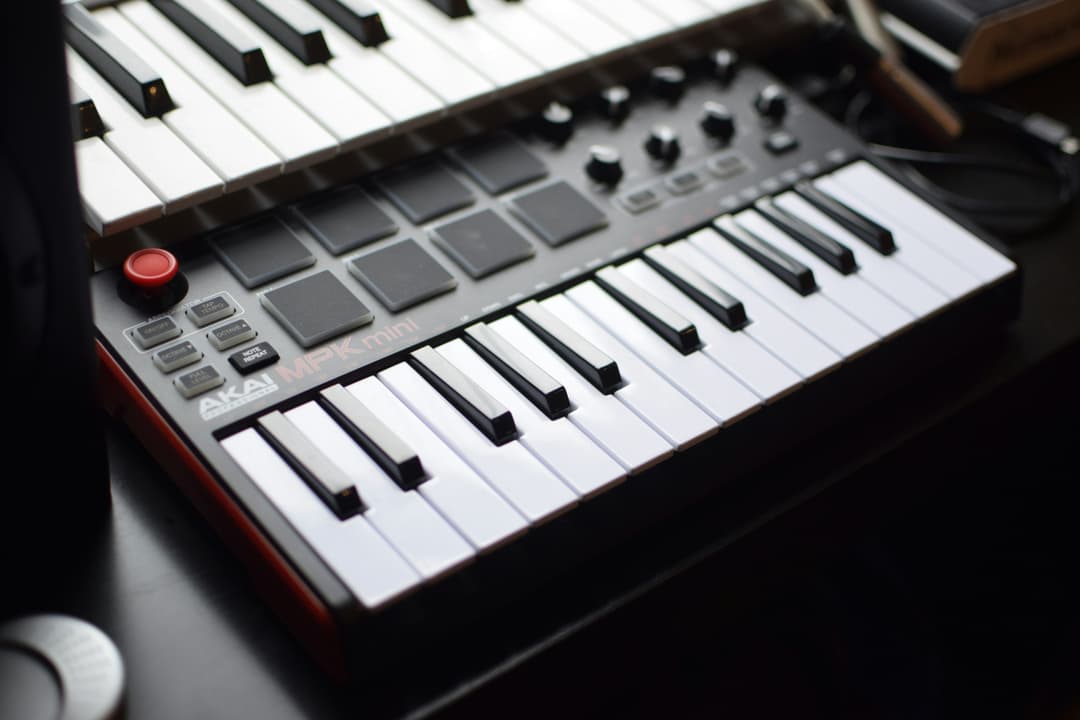Integrating Ear Training into Daily Practice

July 4, 2024
Ear training, an essential component of musical education, enables musicians to identify pitches, intervals, melody, chords, rhythms, and other basic elements of music without using an instrument. While the fundamentals of ear training are universal, the approach can vary significantly across different instruments. This article explores instrument-specific techniques and exercises that enhance auditory skills, focusing primarily on guitarists, vocalists, pianists, and string instrument players. Our exploration centers around the key concept of training for "different instruments," aiming to provide tailored advice that caters to the unique needs of each musician.
For Guitarists - Customized Ear Training Exercises
For guitarists, ear training extends beyond basic pitch recognition; it encompasses the ability to identify chord progressions and the quality of chords quickly. Exercises like playing and naming intervals and chords help develop a sharp ear. Guitarists can benefit particularly from practice sessions that involve playing along with recordings and trying to transcribe them. This not only improves listening skills but also enhances their ability to replicate sounds and understand music structurally.
For Vocalists - Techniques for Effective Ear Training
Vocalists require a keen ear for pitch accuracy and tonal quality, which are critical for harmonizing and maintaining pitch without instrumental accompaniment. One effective method for vocalists is the use of solfege, which involves assigning specific syllables to different pitches in a scale. This technique aids in internalizing musical sounds. Additionally, practicing with vocal exercises that focus on intervals and scale degrees can significantly improve a singer's ear.
For Pianists - Methods to Sharpen Listening Skills
Piano ear training often involves complex harmonic structures. Pianists should practice identifying chord inversions and progressions, as well as complex rhythms and melodies played with both hands. Techniques include playing chords and singing the corresponding notes, or using software that provides real-time feedback on pitch accuracy and rhythmic precision. These methods help pianists develop a holistic understanding of musical textures and structures.
For String Instruments - Specialized Ear Training
Players of string instruments such as violin, viola, cello, and double bass, face unique challenges due to the absence of frets and the subtleties of string pressure and bowing techniques. Ear training for these musicians often focuses on perfecting intonation and understanding the nuances of different bowing patterns. Exercises include playing scales with drones to maintain consistent pitch and practicing with other musicians to refine ensemble intonation.
Does ear training differ by instrument?
Yes, effective ear training takes into account the specific characteristics and challenges of each instrument, tailoring techniques to meet these needs.
What are specific ear training exercises for piano?
Pianists should focus on chord recognition, inversions, and playing complex rhythms.
How can guitarists benefit from ear training?
Ear training enhances a guitarist’s ability to identify chords and melodies quickly, which is crucial for improvisation and composition.
Are there unique ear training techniques for drummers?
Drummers benefit from rhythm-based ear training, focusing on tempo, time signatures, and rhythmic patterns.
What ear training should singers focus on?
Singers should concentrate on pitch accuracy, tonal quality, and the ability to harmonize.